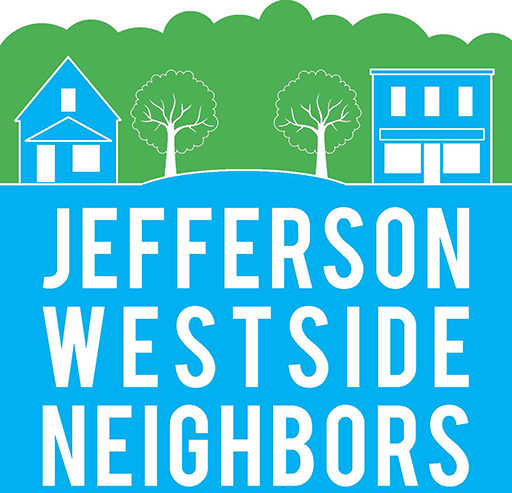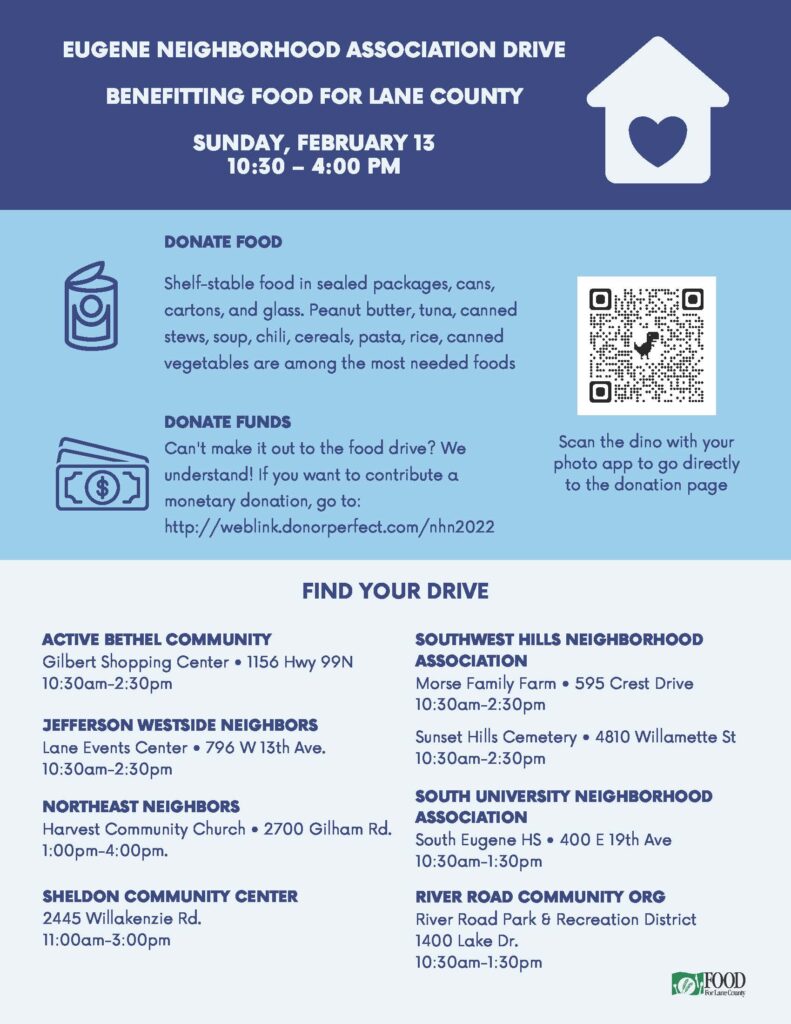Public Process Updates on Lane Events Center/Ems Project Proposal
NOTE: A recent paper survey distributed around the neighborhood is not sponsored by or affiliated with the JWN, but was initiated by an individual neighbor.
Get more information at the LEC FAQ Page.
Keep up-to-date on our own Lane Events Center Master Plan page.
Also watch the January 21, 2022, City Club of Eugene program, Can Eugene Save the Ems?
Em’s Outreach Double-Header!
Join the Eugene Emeralds for an informational gathering at Falling Sky Brewery and Deli (Monroe and W. 8th/Blair) on Monday, March 14 [DATE CHANGED], from 6-9pm.
Join us a neighborhood discussion of the future of the LEC at the JWN’s March 8 General Meeting.

